Search results for "Apple iOS 17"
-
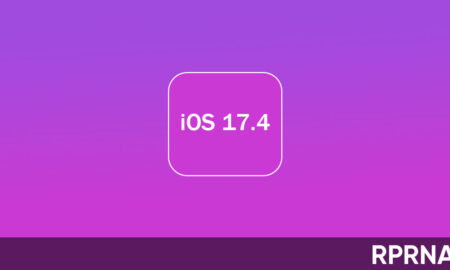
 426Updates
426UpdatesHere’s everything Apple iOS 17.4 Beta introduces for iPhones
Starting this week, Apple released the stable version of iOS 17.3 software for iPhone devices and the firm has now rolled out...
-
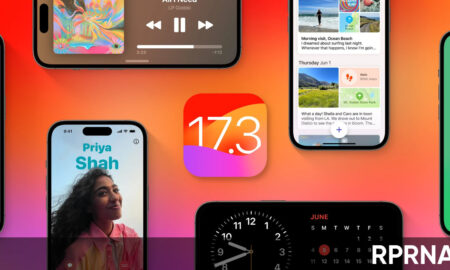
 477Updates
477UpdatesCheck out what’s new in Apple iOS 17.3 update
Apple rolled out the iOS 17.3 update for eligible iPhone devices including the iPhone 15 series, iPhone 14 series, iPhone 13 series,...
-
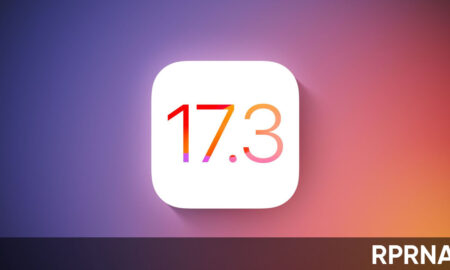
 488Updates
488UpdatesApple iOS 17.3 and iPadOS 17.3 rolling out with new features and improvements
Apple has finally released the next version of the iOS 17 operating system for eligible iPhone and iPad devices. The new software...
-
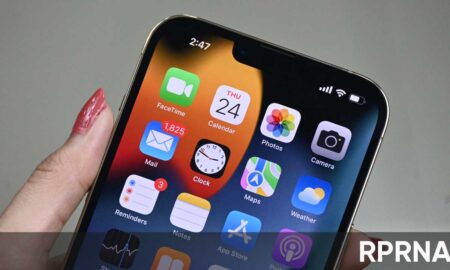
 930News
930NewsApple iOS 17.1 likely to arrive with these new features and fixes
Apple iOS 17.1 update is in hearsay to make its way on the consumer platform on October 24 and we may find...
-

 511News
511NewsApple iOS 17.1 second RC update making way to iPhone 15 series
Apple is bringing the second iOS 17.1 RC update, especially for the new iPhone 15 series. The company has initially served the...
-

 369Bugs
369BugsSadly, Apple iOS 17.1 doesn’t address nighttime iPhone shutdown issue
Apple iOS 17.1 RC version has resolved several internal bugs, but it did not address the nighttime iPhone shutdown issue. The respective...
-

 532News
532NewsApple iOS 17.1 RC update fixes significant locations setting issue
Apple iOS 17.1 will soon hit stable ground as the company has released the RC version of this software. And gladly, the...
-

 316News
316NewsApple iOS 17.1 update to address iPhone display image retention issue
Apple iPhone 15 series, especially the Pro models has been dealing with the display image retention issue but thanks to iOS 17.1,...
-
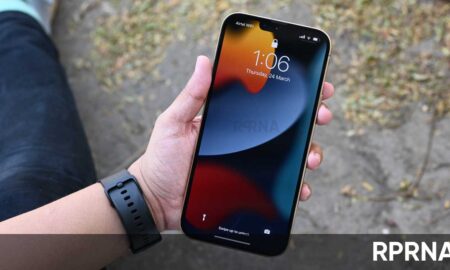
 339News
339NewsApple iOS 17.1 optimizes screen time sync capability across devices
Apple iOS 17.1 is still running in the beta stage but its release notes hint that the software will optimize the screen...
-

 385Bugs
385BugsApple iOS 17 FaceTime reactions became embarrassing point for some users
Apple iOS 17 upgrade has incredible features and one of them is the FaceTime reactions. But in recent times, the newly added...
